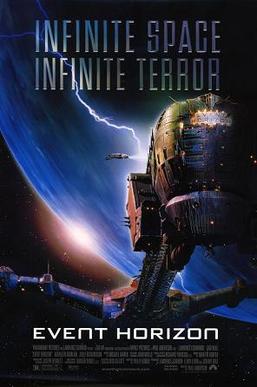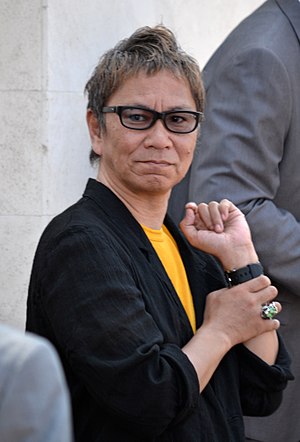Made in 1999 and directed by Takashi Miike, Audition (Ôdishon) was Miike’s ‘break-out’ film. Already quite prolific with his output, Miike had yet to garner world-wide recognition. Audition changed all that and Miike (pronounced Meekay) became synonymous with all that is weird and wonderful in Japan.
Miike cast Ryo Ishibashi as the lead character Shigeharu Aoyama. Ryo is something of a legend in Japan. He is, in essence, Japan’s version of Mick Jagger. He was a rock star first and foremost and as he got older he branched out into acting. More successfully than Jagger, whose random foray’s into the acting world have been, mercifully, brief.

The film opens with the death of Shigeharu’s wife. He and his son, Shigehiko both go through a period of mourning. They soon set up a routine and life marches forward.Widower Shigeharu starts getting lonely and wonders how he can find someone to be a companion.
He is very hesitant to start searching despite his now 17 year old son urging him to find someone. He explains his situation to his friend and colleague Yasuhisa Yoshikawa who is a film producer. Yasushisa decides to help his friend by setting up a ‘fake’ film audition. This, Yasushisa explains, is the easiest way to meet and date prospective girls.
Although Shigeharu is reluctant at first, he soon gets into the swing of it and finally finds one girl who catches his eye. She is Asami Yamazaki (played brilliantly by Eihi Shiina in what was only her second film) Although Shigeharu is quite taken with Asami and is keen to build a relationship with her, Yasuhisa and Shigeharu’s personal secretary don’t like the girl. Both people urge him to slow down in his pursuit and Yasuhisa has even had the girls past investigated.
Shigeharu disregards their well meaning advice and continues pursuing Asami. But the words of caution do worry him as is evidenced by the dream he has where he introduces Asami to his dead wife. He makes up his mind to make love to Asami on a romantic weekend away and to confess his feelings for her. Once they arrive at the hotel, Asami reveals that she was abused as a child. She also states that if Shigeharu does really love her, he can love no-one else. After sleeping together, he falls asleep. The hotel phone wakes him up, the front desk is calling to see if he will remain in the room as Asami has left.
What follows next is a knuckle biting, nerve wrecking, and cringe worthy journey. Shigeharu attempts to find Asami and when they are re-united it is not a happy event.
Audiences have for years hotly debated whether what happens after Asami and Shigeharu re-unite is a dream or not. I have my own opinion, although it took a lot of “to-and-fro-ing” to get there. The entire film is at turns sad, hopeful, uneasy, scary, uncomfortable, weird and perverse. In other words a typical Takashi Miike film.

If this film is not on the top 100 films to watch before you die, it should be…and it should be at least number 2.
Related articles
- Horror’s Top 10 Most Frightening Women (dreadcentral.com)









You must be logged in to post a comment.